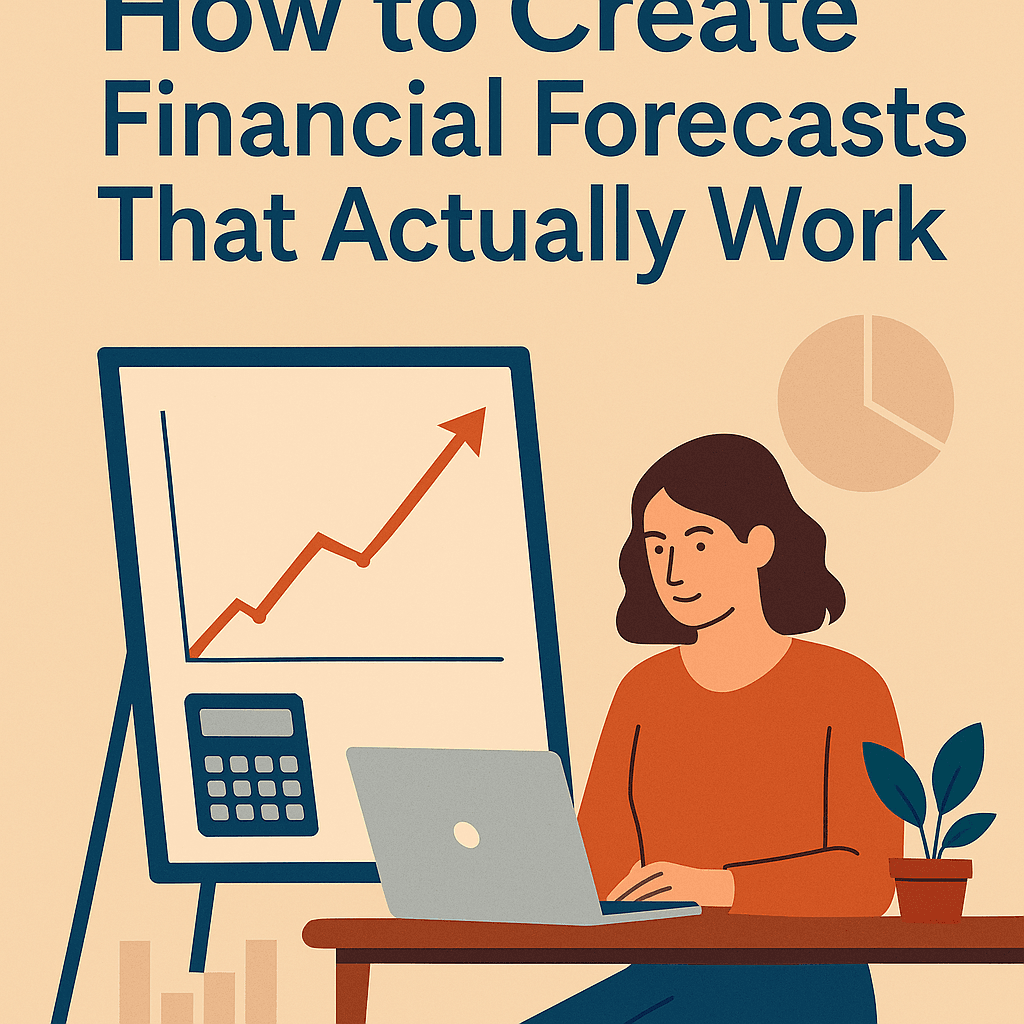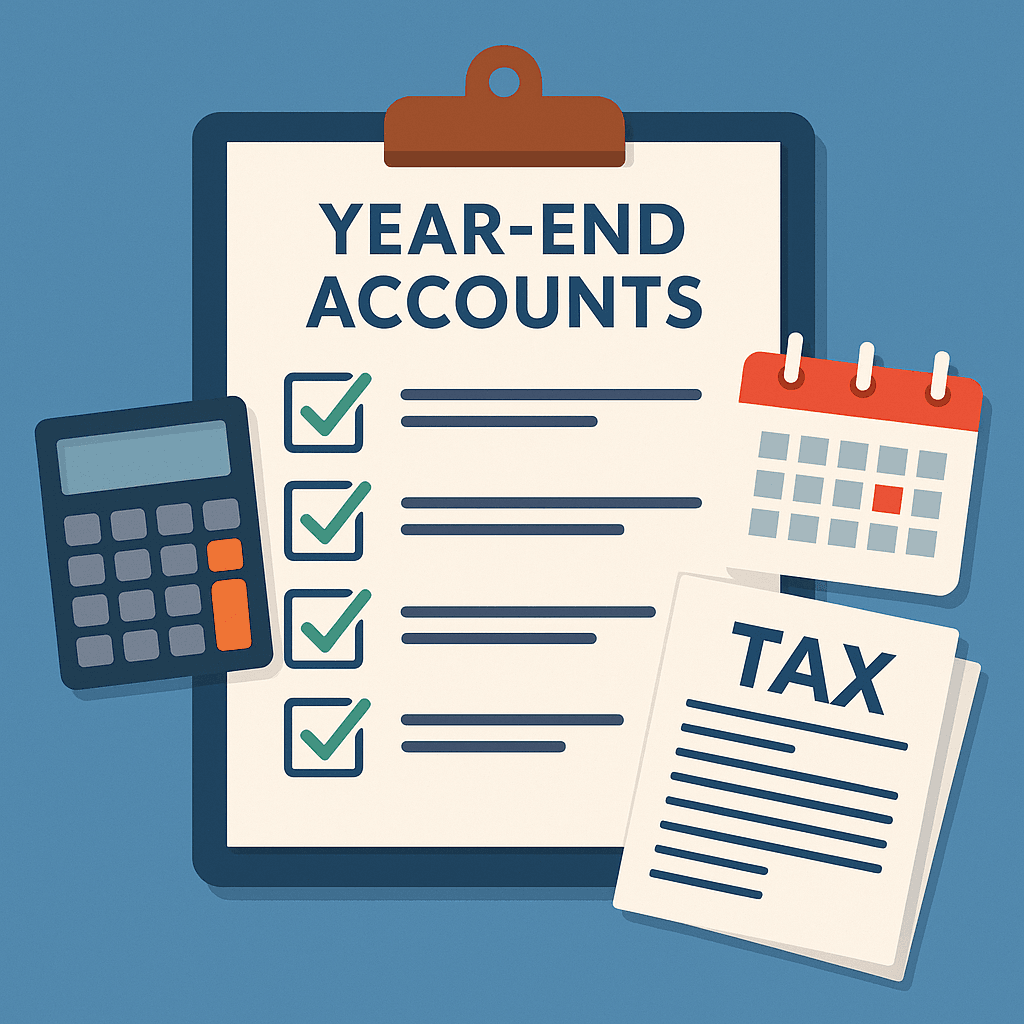One of the biggest challenges for small business owners is deciding how to pay themselves. Unlike traditional employees who simply receive a salary, business owners have several options—each with its own tax implications. Choosing the right method can help you minimise your tax bill, improve cash flow, and ensure your business remains financially healthy. Understanding the tax-efficient ways to pay yourself is an essential step towards maximising both your income and your company’s long-term success.
Why Payment Strategy Matters
The way you take money out of your business affects not just your personal income, but also how much tax and National Insurance Contributions (NICs) you pay. A poor strategy can leave you with a higher tax bill than necessary or put unnecessary strain on your company’s resources. By planning carefully, you can strike the right balance between rewarding yourself and maintaining a sustainable business.
Common Tax-Efficient Payment Options
1. Salary
Paying yourself a salary ensures you are on the payroll like any other employee. This makes pension contributions straightforward and helps build qualifying years for your state pension. To maximise efficiency, many business owners choose to pay themselves a salary up to the NIC threshold, minimising contributions while still securing benefits.
2. Dividends
Dividends are payments made from company profits after Corporation Tax has been paid. They are often more tax-efficient than salary because they are taxed at lower rates and do not incur NICs. Many business owners use a mix of a small salary with additional dividends to reduce overall tax liability.
3. Director’s Loan
A director’s loan allows you to borrow money from your business temporarily. While this can provide flexibility, it must be managed carefully. Loans left unpaid for too long may trigger additional Corporation Tax charges and interest. This method is best used for short-term needs rather than ongoing income.
4. Pension Contributions
Making pension contributions through your company can be highly tax-efficient. Contributions count as an allowable business expense, reducing Corporation Tax, while also building your personal retirement savings. It’s a long-term approach but can significantly boost your financial security.
5. Benefits in Kind
Some business owners make use of non-cash benefits, such as company cars or private medical insurance. While these can add value, they often come with their own tax considerations and should be weighed carefully against alternatives.
Striking the Right Balance
In practice, most business owners benefit from a combination of payment methods. For example, a modest salary combined with dividends and pension contributions often provides an efficient mix of immediate income and long-term planning.
It’s also vital to consider:
- The size and profitability of your business – Only profits after Corporation Tax can be distributed as dividends.
- Your personal circumstances – Factors such as other sources of income, pension goals, and lifestyle needs should influence your decision.
- Changing tax laws – Tax thresholds and allowances evolve regularly, so a strategy that works this year may not be as effective next year.
Professional Guidance is Key
Tax planning is rarely one-size-fits-all. Working with an accountant or financial advisor ensures your approach is tailored to your situation and fully compliant with HMRC regulations. A professional can help you structure payments to minimise liabilities, avoid pitfalls, and keep both you and your business financially secure.
Final Thoughts
Paying yourself as a business owner involves more than simply transferring money from your business account. By using a smart, tax-efficient strategy that blends salary, dividends, pension contributions, and other options, you can maximise your take-home income while safeguarding your company’s future. Taking the time to get it right today will pay dividends—literally and figuratively—for years to come.




